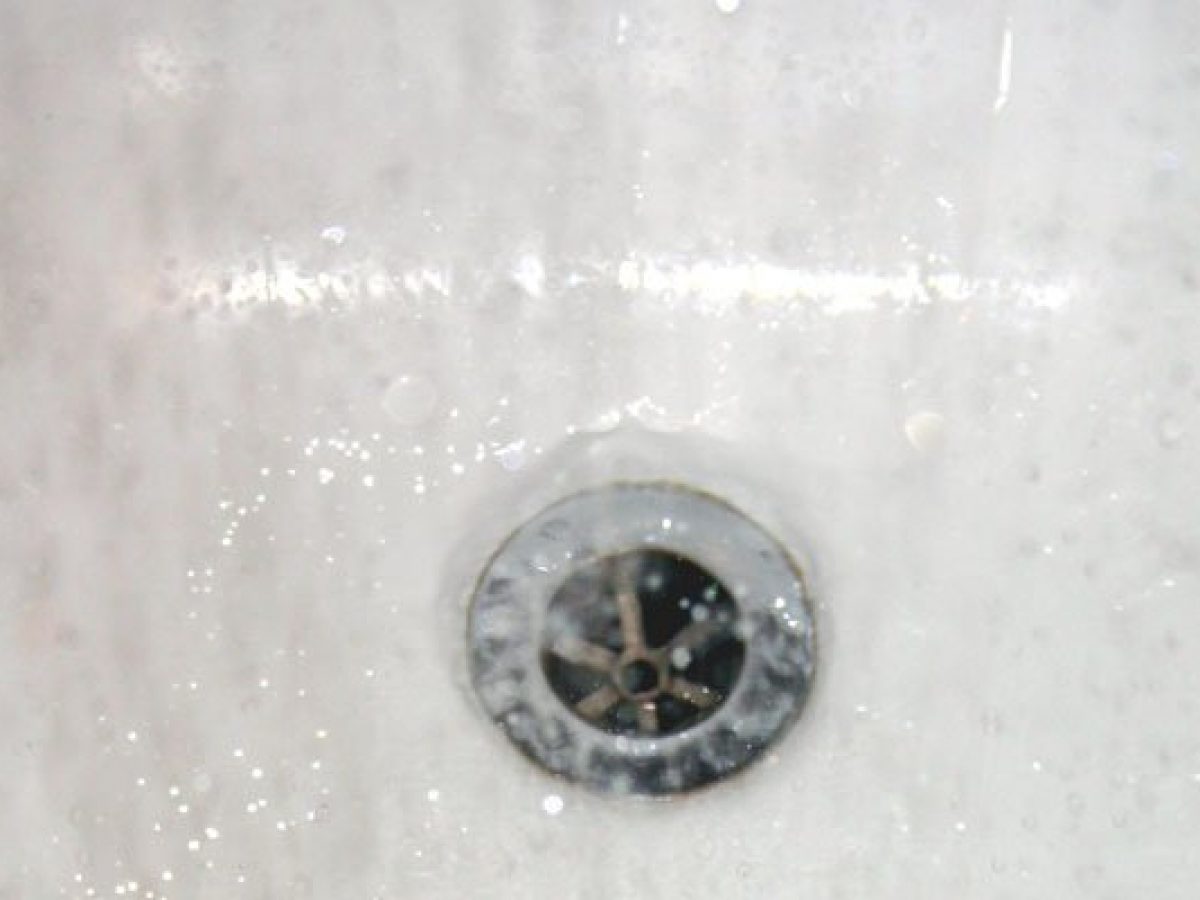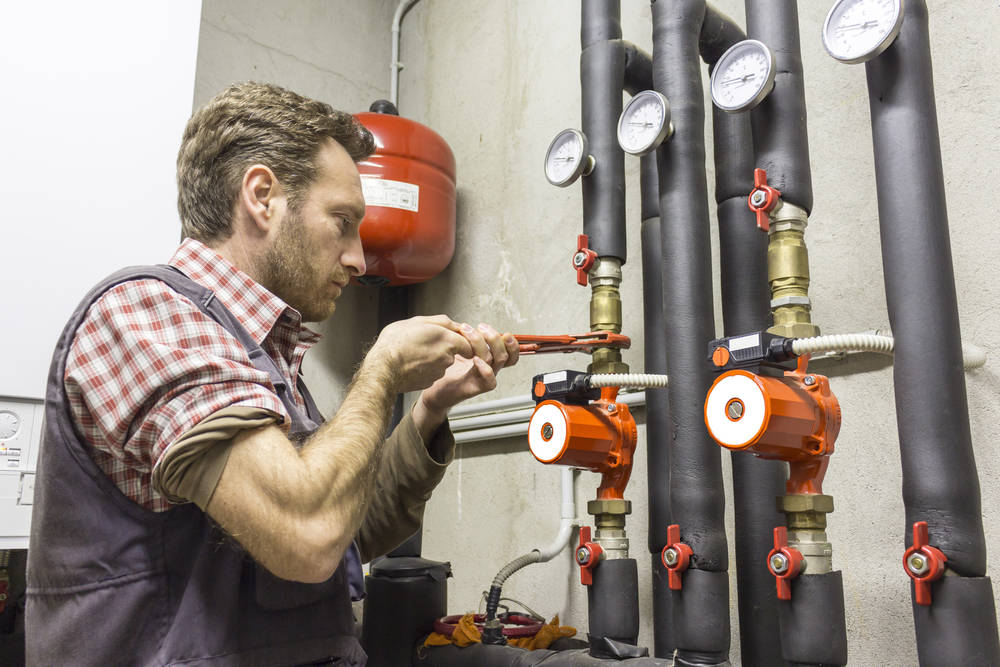We've discovered this great article involving Common Plumbing Problems You Can Fix Yourself directly below on the internet and think it made good sense to share it with you here.

Plumbing is something everyone should take care of, whether locating a plumbing contractor for new building, a renovating job, or just offering plumbing repair service.
When Do I Required to Call a Plumbing Specialist?
Some typical issues found with plumbing include:
Rattling pipelines may be triggered by numerous variables, many generally because they are not adequately secured or strapped to the wall framework. The pipelines may require to be properly protected.
Slow-moving drains pipes might be partly clogged. If a kitchen area sink, the dishwashing machine might be incorrectly plumbed. The drainpipe may require to be unclogged, or the dishwasher plumbing dealt with.
Loss of hot water when one more tap is turned on particularly in older residences when hot and cold water pressures are not stabilized. A stress equilibrium shutoff may be needed.
Bathroom container leaks plumbing parts inside the container or seals may require replacing.
To see to it these plumbing repair work problems are appropriately dealt with, or when doing a redesigning project, you might wish to enlist the solutions of a qualified plumbing specialist.
Plumbing a Remodel or New Building And Construction
A redesigning project could consist of brand-new plumbing style or brand-new plumbing setup. You will wish to consult with the plumber and all specialists included and develop a timeline, so everyone interacts and the task goes smoothly.
Prior to taking proposals from prospective plumbing service providers, ensure you have actually detailed strategies. Give each candidate with a similar duplicate of the strategies. Rule of thumb is to get at least 3 various bids for a task.
Ask prospects if they are licensed to do plumbing. Also request references. Ask each candidate when they might start, and when the project would be completed. Take the time to check references on other tasks they have actually finished.
To discover a certified Plumbing professional in your area, usage referrals from people you know, or check with a neighborhood licensing company. Online sources are likewise offered.
The 7 Most Common Plumbing Problems & What You Should Do
Dripping Faucet
It is rare to find a homeowner who has not dealt with a leaky faucet at some point. While the drip-drip-drip can be annoying, it can also be costly. The dripping wasted water can increase your water bill and cost you money. A single faucet can drip away hundreds of gallons of water over the course of a year.
In most cases the cause of the dripping faucet is a faulty internal washer. The washer may have become stiff, torn, worn, or dislodged and this is what will cause the dripping, leaky faucet. A simple replacement of this washer is all that is usually required to repair the leak. This can be an easy DIY fix, but if you are unsure about doing it yourself, call in a plumber. (If you have been thinking about replacing your dated faucet, now is the time! Have the plumber put in a new faucet instead of replacing the washer.)
Slow Drain/Clogged Drain
Slow draining sinks, baths or showers are caused by a blockage restricting the water flow, this blockage is usually the result of greasy foods, hair, soap, etc. Most blockages can be cleared using a plunger or vinegar and baking soda. Chemical clog removers are available at most stores but using these chemicals over time can damage your pipes.
If the clog cannot be easily cleared with basic DIY measures, call in a plumber to have the drain cleared.
To avoid this issue in the future, having your drains cleaned regularly will help to prevent this issue from happening.
Clogged Toilet
There is almost nothing worse than flushing the toilet and seeing the bowl fill up and but not drain away. Clogged toilets can usually be fixed with a plumber. However, if the plunging method does not work a sewer snake or drain auger is needed to loosen up the blockage. This type of repair is best left to the professionals. Depending on the type of auger or snake you use, it can damage the toilet.
Running Toilet
A running toilet can leak over 1 gallon of water per hour, which ads up to 26 gallons a day. The most common cause of a high water bill is a running toilet.
Repairing a running toilet is typically an easy DIY fix. Toilet repair kits are available at any hardware store and include directions. However, if you are unsure of your DIY skills, call a professional.
Water Heater Troubles
Another horrible problem to face is no hot water. If you suddenly have not hot water and you haven’t been running the washer, dishwasher and all other household members showered before you, there are few things that may be causing the issue.
It could be as simple as the pilot light going out and needing to be relit, it could be a faulty thermostat, or it could be sediment build up in the tank.
Low Water Pressure
If you find your water trickles out of your faucets it could be a symptom of low water pressure. Low water pressure can be caused by leaking pipes that are worn or corroded. Having your pipes inspected by a professional is the best option in this case.
If the shower has low pressure it is usually the result of sediment and mineral build up in the aerator (shower head.) This can be easily remedied by cleaning the aerator, you can remove it and soak it in vinegar or replace it completely.
https://trmillerheatingandcooling.com/blog/the-7-most-common-plumbing-problems-what-you-should-do/

As a keen person who reads on Reasons You May Need a Professional Plumber, I assumed sharing that excerpt was worth the trouble. Appreciated our entry? Please share it. Help other people discover it. I truly appreciate reading our article about When to Call a Professional Plumber.
Book An Estimate Now

